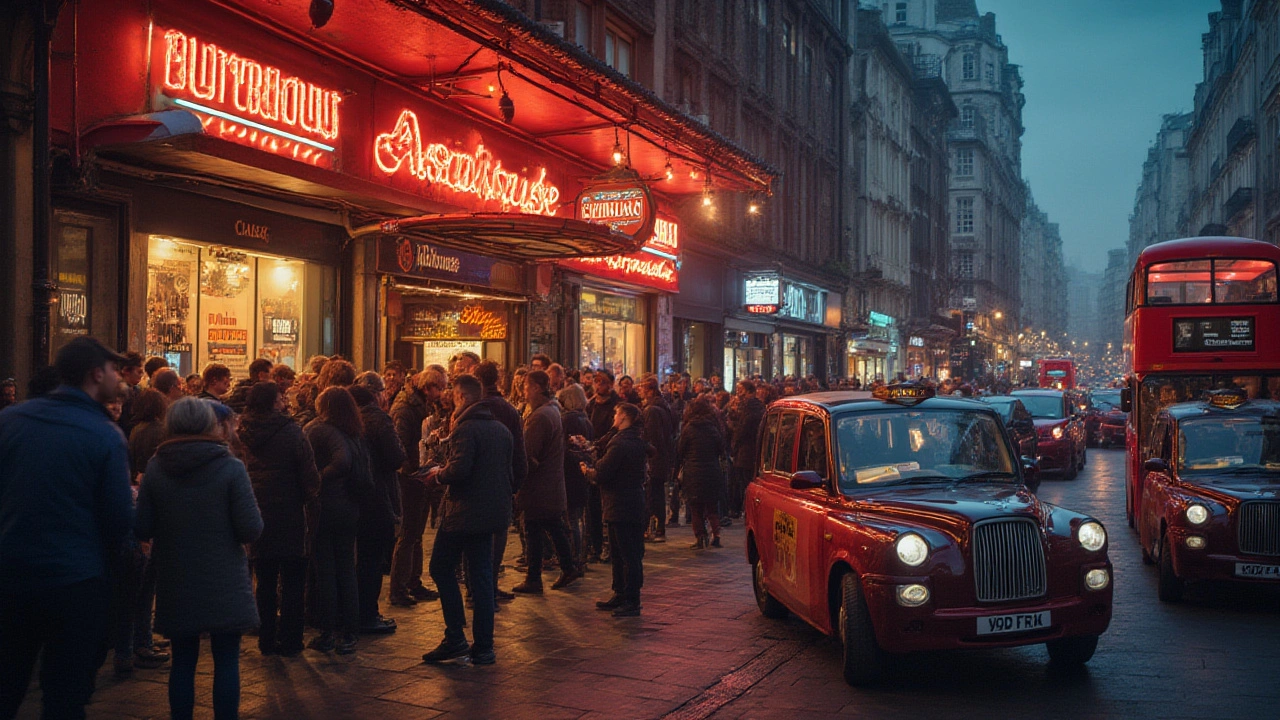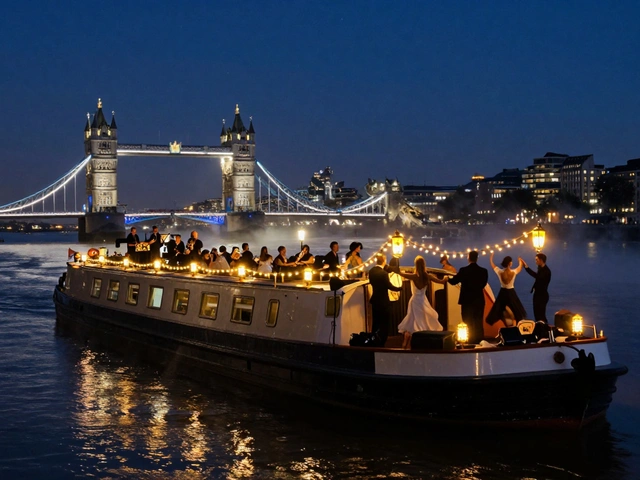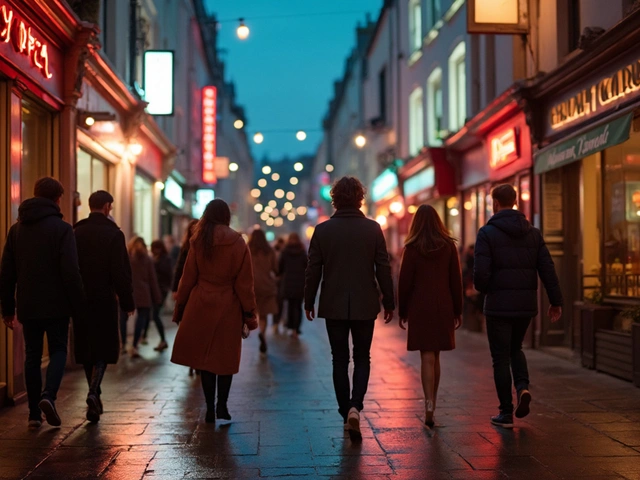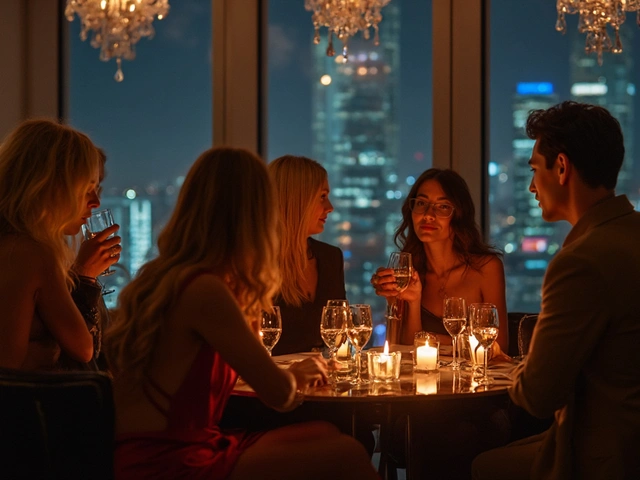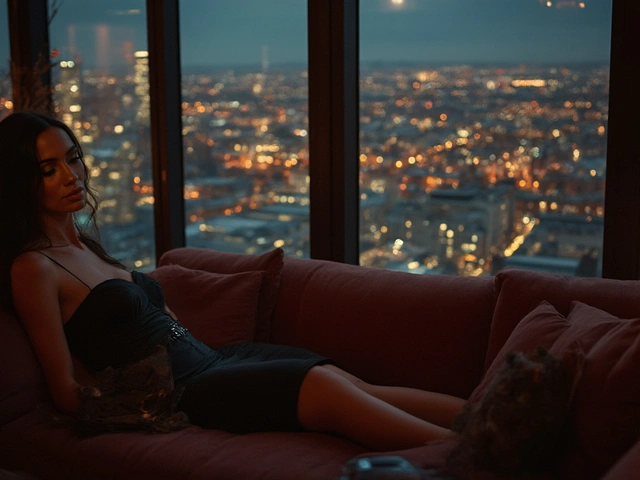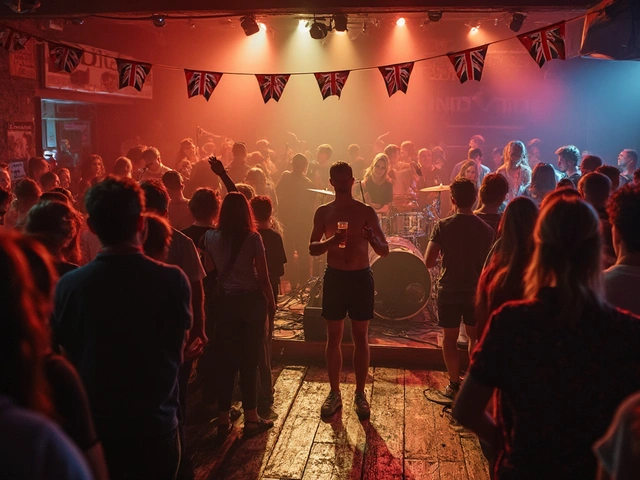Here's something every Londoner knows: music hits differently in this city. From the thrum of Camden's sticky-floored pubs to the glitter of Soho's jazz haunts, live music venues in London are far more than just places to listen—they're where you really feel the city beat. And yet, making the most of a night out can be trickier than you'd think. There’s more to it than showing up and buying a pint. Ever wondered why some people always seem to snag the best spot, or get into that hush-hush afterparty? Fancy being that person for once?
Planning Your Night: Tickets, Timing, and Transport
Getting into a show in London isn’t always as simple as nabbing a ticket—especially if you want to see major acts at the Roundhouse, Brixton Academy, or Electric Ballroom. Early birds get more than just the worm here; they get first dibs on presale tickets (sign up for venue and artist newsletters—yes, actually check your spam folder). For the O2, always watch for surprise announcements on their Instagram. Smaller venues like The Lexington or The Jazz Cafe often release last-minute tickets if you DM them or show up early. If you’re feeling adventurous, walk around Camden or Hackney in the late afternoon—door staff sometimes sell the odd returned ticket when there’s no touts hanging about.
But scoring a spot is only step one. Timing really is everything. Some bands notoriously hit the stage bang on time (Islington Assembly Hall doesn't mess about, for example), but at other venues, things run on musician's time. The trick? Call the venue ahead—most list the actual set times online a day or two before the gig. If you want to claim a coveted spot by the stage, get in as doors open, especially at standing venues. But if the sound is more your focus, linger by the sound desk—engineers always get prime audio territory.
Lugging around London late at night needs planning—especially if you’re at a venue miles from your local borough. Night Tube and Overground lines have made more gigs possible for more people, but always check your return options. Some lines still shut surprisingly early, particularly on Sundays. Apps like Citymapper can save your night (and your wallet), helping you dodge crazy late-night taxi fares. If you’re heading to somewhere offbeat, like MOTH Club or Village Underground, map out your last train and consider a nearby minicab rank rather than relying on Uber surges at midnight.
Don’t forget about what’s nearby. London’s best live music nights often spill out into local kebab shops and late-night bars. Heading to Hammersmith Apollo? Duck into The Distillers for a quick pre-show drink. Seeing a band in Bethnal Green? Spoons or the Star of Bethnal Green are proper local watering holes. These aren’t just pit stops—they’re where fans swap setlists, and sometimes bands even show up for a quiet pint after the crowd thins out.
Lastly, bag policy is tightening up everywhere since venues are laser-focused on security. Brixton's staff will happily stash a rucksack for a small fee, but many smaller bars just turn you away or make you cart it around all night. Travel light: a small crossbody bag, ID, phone, and a card will see you through almost anywhere. Leave your umbrella—a £5 poncho from Argos saves you the faff of cloakrooms when the weather’s grim (which, let’s face it, it usually is).
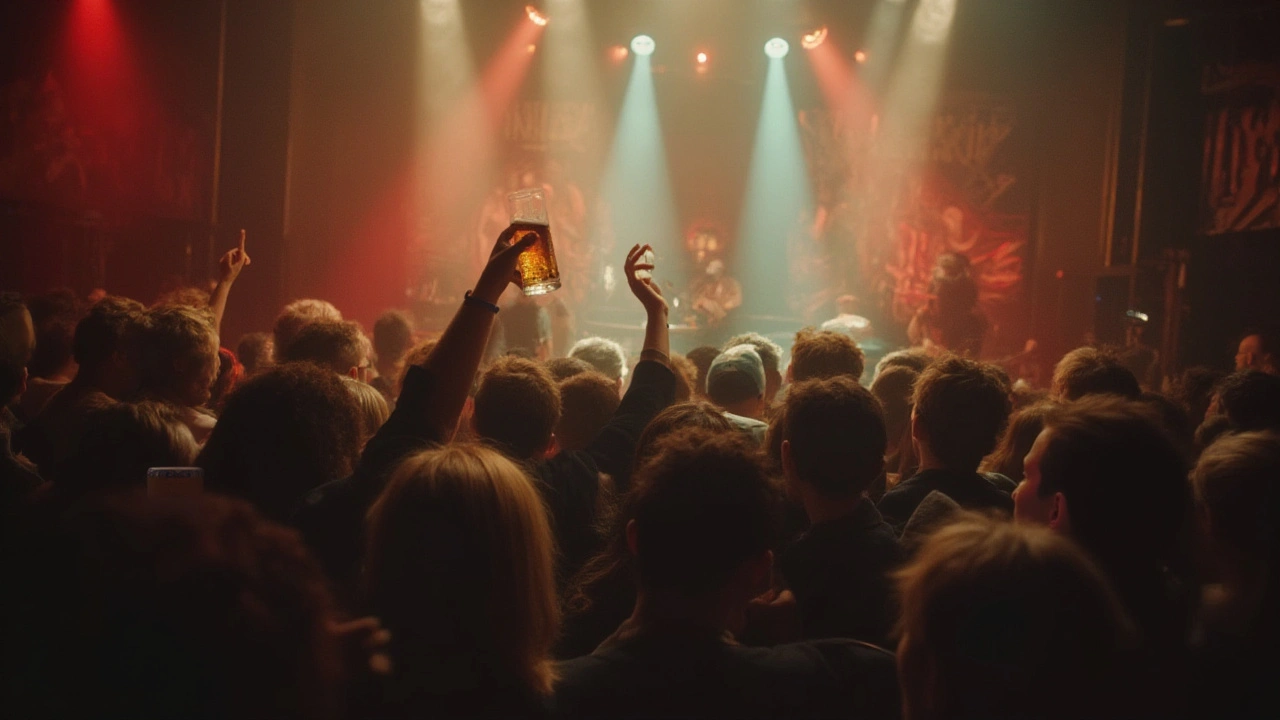
Getting the Best Experience Inside: Atmosphere, Acoustics, and Etiquette
Once you get inside, so much of your night depends on reading the vibe—and knowing when to stay put and when to roam. Each venue has its own quirks. The live music venues London scene is legendary for these small details—knowing the difference can turn a decent night into an unforgettable one.
Let’s talk about sound. Big halls like Alexandra Palace can be echoey at the edges, but the sweet spot is usually halfway back, dead centre. Brixton Academy slants its floor sharply, giving even those at the back a rare great view but, if you’re short like me, squeezing to the front left by the stairs is gold. The Jazz Cafe? Head upstairs: you’ll get a decent view and stunning sound, all without the sweaty mosh. Smaller bars like The Windmill in Brixton or The Dublin Castle in Camden aren’t just about music—they're about bumping elbows with future stars at the bar. That’s where Amy Winehouse played, years before anyone knew her name.
How you behave in a crowd matters. Everyone's keen to get their best shot for TikTok, but nobody wants a phone in their face the whole gig. Be present: snap one or two pics, then stash your phone and soak it up. You’ll notice seasoned Londoners form polite “pints up, elbows in” formations to squeeze past in a packed room—if you accidentally bump someone, just flash a quick apology and a sheepish grin. People here appreciate kindness over bravado, even in a tough crowd.
Heading to a gig with mates? Keep your crew manageable. It sounds harsh, but groups bigger than five always lose someone when the lights go down. At venues like Village Underground, every group has a regular: that one who disappears for half the set to make new friends by the merch table or in the beer line. Go with the flow, don’t chase them all night—there’s a good chance you’ll reunite by the encore.
If you fancy coming home with something other than a ringing in your ears, check out gig memorabilia. Merch tables at London venues are prime for band shirts and vinyl, but loads of venues (especially Rough Trade East) host secret signing sessions after the show. Keep an eye on staff—they’ll often tip you off when an artist is sticking around for a chat or a snap.
Pace yourself at the bar. London’s gig bars aren’t cheap; pints in Soho or at KOKO can be painful on the wallet. If you’re on a budget, plenty of people pre-load at the nearest Wetherspoons, but nothing ruins a great gig like missing the best song because you were queuing for drinks. The hack? Skip the massive bar in the main room and scout for pop-up bars in side corridors or up by the balcony—these are usually faster and quieter. A lot of thirsty gig-goers forget that water is always free at any venue, so ask for it between rounds (the bar staff will actually respect you for it, trust me).
Never underestimate wardrobe planning. Layers are your friend—venues get hot, fast. Shoes are crucial: nobody looks cool hopping on sore toes because they wore new boots to a punk show. For open-air gigs (think Somerset House Summer Series), pack sunscreen and a light waterproof. British weather likes to keep us guessing.
Respect local traditions too. In London, even the wildest crowd at Fabric or Printworks obeys an unspoken code: don’t natter through ballads, don’t lob plastic cups at the stage, and always clap the opener even if you’ve never heard their stuff before. You never know who’ll be famous next year. Plus, most Londoners can name at least one iconic “I was there before they got big” gig—be proud to be part of that tradition.
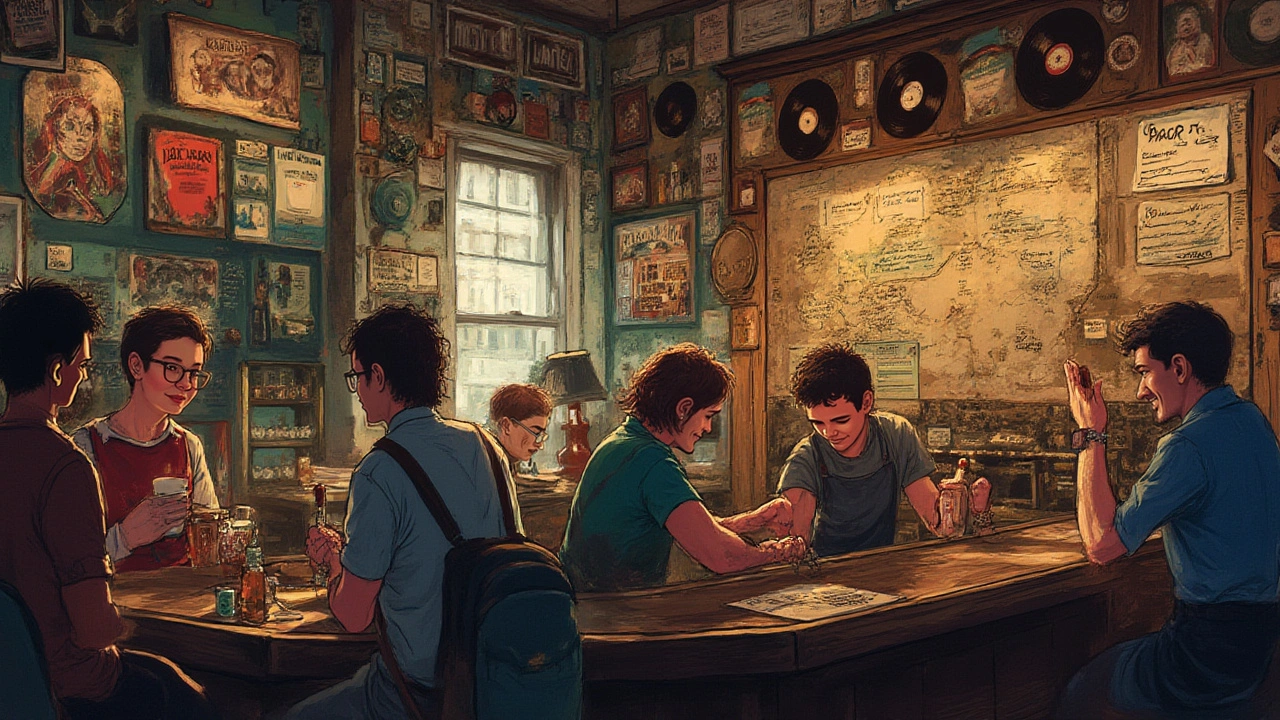
Making the Night Last: Afterparties, Eats, and Getting Home Safe
You’d think the fun ends when the house lights go up, but in London, that’s often when things really get interesting. Afterparties are legendary, especially in areas like Dalston or Shoreditch where DJs spin till well past 3 am. Some venues, like XOYO, transform into club nights right after a gig—so if you want to keep the mood alive, ask the bar staff if tickets to the afters are available. Camden Club and The Old Blue Last often host secret aftershows, and if you’ve befriended a bartender or roadie, they’ll sometimes slip you the password. Networking at the merch stand or buying a round for the support act can open unexpected doors.
If you’re hungry, London’s reputation for post-gig grub is well-earned. Brick Lane’s famous bagel shops stay open till silly o’clock. Down in Brixton, Honest Burgers slings patties late into the night for famished gig-goers, and Soho’s Chinatown never sleeps. Forget greasy kebabs if that’s not your thing; freshly baked pizza slices or a hipster vegan doner from What The Pitta can be just the thing to keep you going till sunrise. If you’re headed home through King’s Cross, the Five Guys by the station serves up fries even after the last train home.
Staying safe should always be part of the plan, especially late at night. London’s famous night buses now reach most corners of the city. The N29, for example, runs from Trafalgar Square all the way to Enfield—ideal if you’re in the north. Before leaving, check for any Tube closures, especially during the ongoing maintenance blitzes that seem to coincide with big nights out. Always keep a £10 note stashed for emergencies; signal in central London is dodgy beneath old railway arches, so have a minicab app that lets you book rides on wifi, not just data. Share your location with a mate if you’re heading home solo.
For those who want to debrief, London’s 24-hour culture means there’s always somewhere open. Afterparties migrate to places like Balans Soho or Duck & Waffle for breakfast with a view. South London has cafes like Vauxhall’s Tea House Theatre open until the early hours for tea and cake—a more gentle way to wind down. If your ears are ringing, you can usually find a late-night corner shop for paracetamol and bottled water. Trust me, future you will be grateful.
The beauty of music in London? No two nights are ever the same. The city’s venues change with the seasons—open-air gigs by the Thames in summer, sweaty punk nights in Dalston basement bars all winter long. Whether you love standing in a sea of strangers at the O2 or chilling with mates in a local pub listening to a blues band, there’s something magical about being part of this city’s living, pulsing soundtrack. And the better you know the ins and outs, the more you’re tuned in to everything that makes a London live gig one for the ages.

